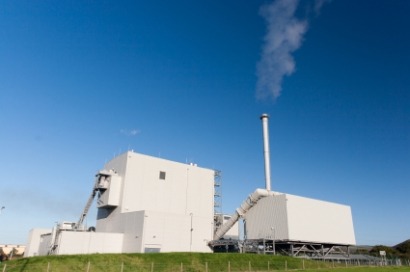
As a renewable and ubiquitous resource distributed throughout the world, biopower – the generation of electricity and heat from biomass resources, whether derived from forest resources or waste streams – offers considerable benefits over traditional fossil fuels and, in some cases, emerging clean energy technologies. When combusted in place of traditional fossil fuels or “co-fired” with coal, for example, biomass can, in most cases, mitigate GHG emissions while delivering a base load generation source with high capacity ratings. Despite these advantages, however, a recent report from Pike Research reveals that one of the main challenges facing the biopower industry is sourcing readily available and cheap feedstocks.
“Biopower market growth is tied to the ability of facilities to access a continuous and consistent supply of feedstock,” says senior analyst Mackinnon Lawrence. “While most estimates conclude that sufficient biomass resources are available to support robust biopower growth over the next decade – especially with the potential for dedicated energy crops to expand the feedstock supply – a number of obstacles still remain.”
Uncertainties around feedstock supply and government support are leading to adjustments in the size of planned biopower installations and a corresponding increase in projects co-firing biomass and coal. In Europe, major biopower producers Drax and E.On are scaling back plans to build large, dedicated biopower plants with capacities of up to 300 megawatts (MW). Similarly, pending regulatory changes in the United States, coupled with abundant new supplies of natural gas, pose significant potential headwinds for the industry.
At the same time, adds Lawrence, the increased use of combined heat and power (CHP) generation systems are making smaller projects, of under 100 MW, viable and enabling power producers to increase the efficiencies of their systems. Pike Research forecasts that worldwide biomass power generation capacity will grow to at least 86 gigawatts (GW) by 2021, from 58 GW in 2011. That represents a total investment of $104 billion from 2008 to 2021.
Pike Research’s report, “Biopower Markets and Technologies”, analyses the global market opportunity for electricity production from dedicated, co-fired, and CHP biopower sources. The study includes a comprehensive examination of market drivers, existing and emerging technologies, feedstock opportunities, the public policy and regulatory landscape, and key industry players.
For additional information:

